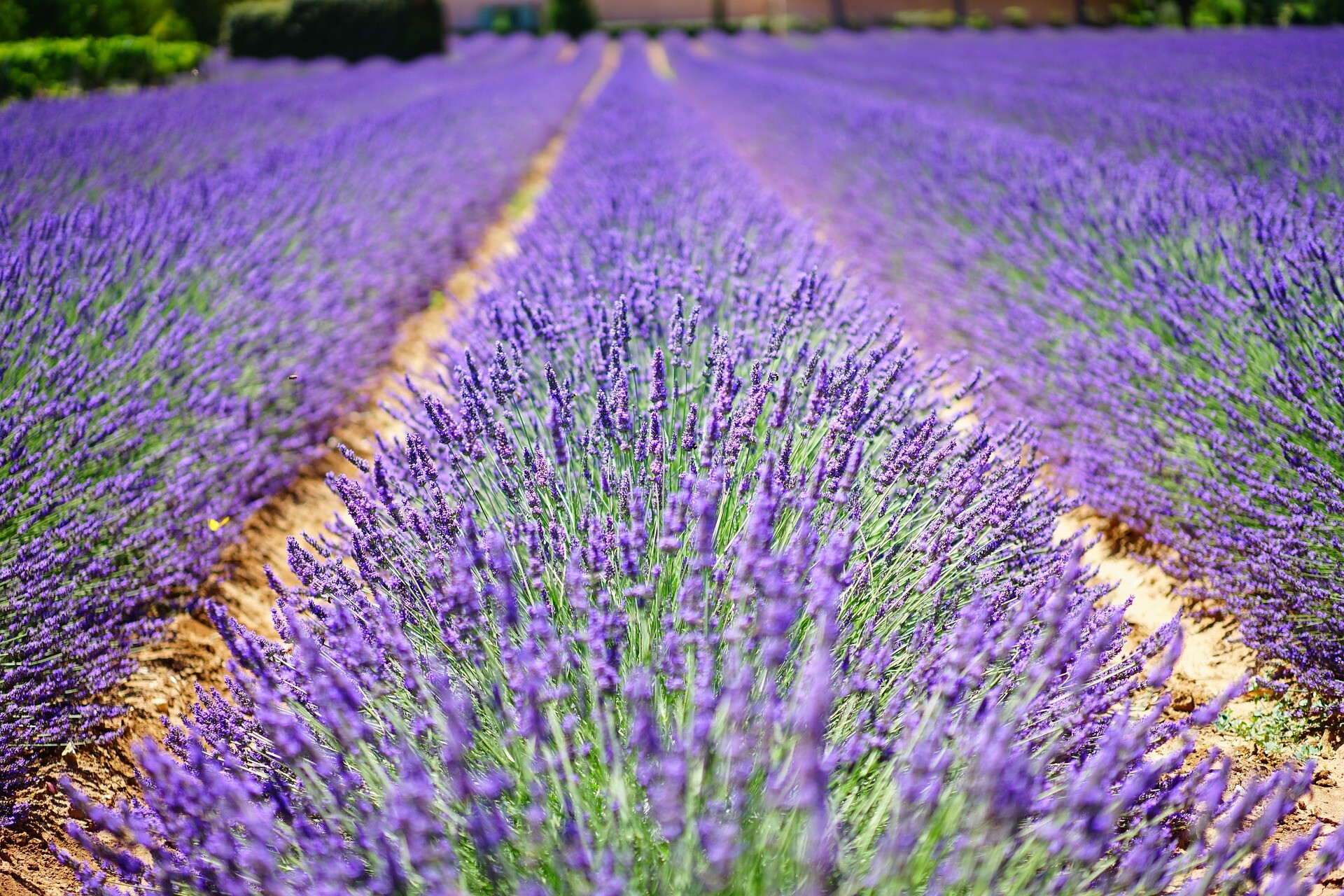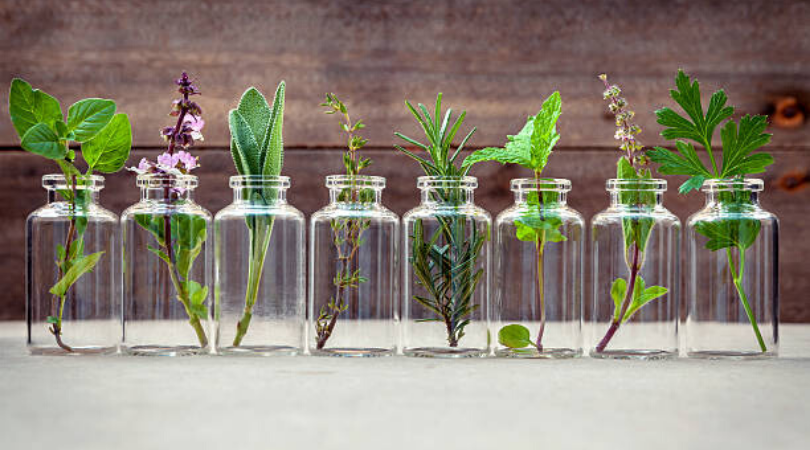An Introduction to Essential Oils
An Introduction to Essential Oils
Discover my top 12 essential oils and how to
use them to support your health and well-being.
use them to support your health and well-being.
Click the button below.

What are Essential Oils?
- Essential oils are the highly concentrated, aromatic essences of trees, shrubs, herbs, grasses, resins and flowers.
- In plants they provide disease resistance and defense against predators. They also attract pollinators.
- Essential oils are greaseless and different from the fatty oils you are familiar with such as olive oil, coconut or almond oil.
- Essential oils are highly concentrated and far more potent than dried herbs because of the extraction processes used to obtain them.
- Each oil is a complex structure of hundreds of different natural chemicals.

What are Essential Oils?
- Essential oils are the highly concentrated, aromatic essences of trees, shrubs, herbs, grasses, resins and flowers.
- In plants they provide disease resistance and defense against predators. They also attract pollinators.
- Essential oils are greaseless and different from the fatty oils you are familiar with such as olive oil, coconut or almond oil.
- Essential oils are highly concentrated and far more potent than dried herbs because of the extraction processes used to obtain them.
- Each oil is a complex structure of hundreds of different natural chemicals.
How are they made?
- Every essential oil comes from a specific part of a plant.
- Essential oils are extracted through many different methods including cold pressing and steam distillation.
- The extraction process separates the essential oil from the water molecules, fibers, and other substances that make up the plant.
- It can take an enormous amount of plant material to make a single ounce of essential oil.
- Where the plants are grown makes a difference in the properties of the essential oil it contains because the soil, climate and altitude, etc. are different in each location, resulting in plants, and extracted oil with unique properties and constituents.


How are they made?
- Every essential oil comes from a specific part of a plant.
- Essential oils are extracted through many different methods including cold pressing and steam distillation.
- The extraction process separates the essential oil from the water molecules, fibers, and other substances that make up the plant.
- It can take an enormous amount of plant material to make a single ounce of essential oil.
- Where the plants are grown makes a difference in the properties of the essential oil it contains because the soil, climate and altitude, etc. are different in each location, resulting in plants, and extracted oil with unique properties and constituents.

History of Essential Oils
- The use of plants, and the oils found within them, has been a long-standing practice throughout human history.
- They have been linked to the physical, emotional, and spiritual well-being of people for centuries.
- Ancient writings tell of scented spices, barks, and resins used in embalming and medicine.
- Ancient Egyptians used oils, herbs, and aromatic plants for medicinal purposes.

History of Essential Oils
- The use of plants, and the oils found within them, has been a long-standing practice throughout human history.
- They have been linked to the physical, emotional, and spiritual well-being of people for centuries.
- Ancient writings tell of scented spices, barks, and resins used in embalming and medicine.
- Ancient Egyptians used oils, herbs, and aromatic plants for medicinal purposes.
Statements made on this website are not intended to diagnose, treat, cure or prevent disease. The content is intended for informational and
educational purposes only and should be treated accordingly. It is not intended as a substitute for the advice of your physician or other healthcare professional.
Peace Full Ground
7610 N. State St.
Lowville, NY 13367
USA
Phone: 315-775-8292
Email: heidi@peacefullground.com
Copyrights © 2023 held by respective copyright holders, including Heidi VanZandt.





